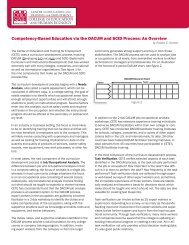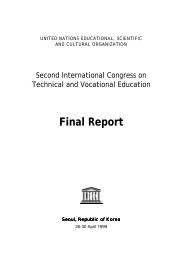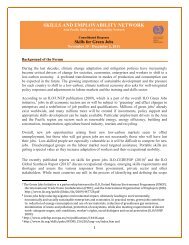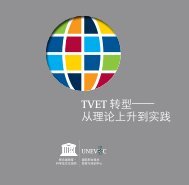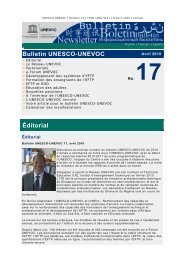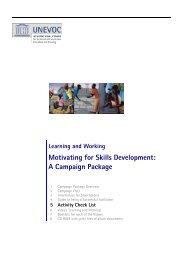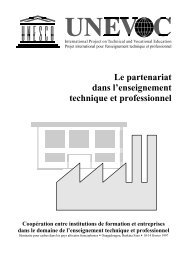FACTORS AFFECTING THE PERFORMANCE OF WOMEN ENTREPRENEURS IN MICRO ...
FACTORS AFFECTING THE PERFORMANCE OF WOMEN ENTREPRENEURS IN MICRO ...
FACTORS AFFECTING THE PERFORMANCE OF WOMEN ENTREPRENEURS IN MICRO ...
You also want an ePaper? Increase the reach of your titles
YUMPU automatically turns print PDFs into web optimized ePapers that Google loves.
According to Aregash as cited in Eshetu and Zeleke (2008), 98% of business firms in<br />
Ethiopia are micro and small enterprises.<br />
The 3 rd census of Ethiopia shows that of the total population of the country (73,918,505),<br />
36,621,848 are females (ECSA, 2007). This accounts 49.5% of the population. This<br />
shows that Ethiopia is among those African countries that are known by human resource<br />
potential. Regardless of its potential, it does not utilize this labor force. This<br />
underutilization of the untapped potential is attributed to a lot of reasons. Of these<br />
reasons, inability to effectively use entrepreneurship in poverty reduction in general and<br />
alleviating the problems among women who are susceptible for poverty in particular; in<br />
bringing meaningful economic and social transaction; in promoting and enhancing gender<br />
equality and women empowerment; and in ensuring women’s social mobility in the<br />
country might require worth mentioning. This is because of a lot of obstacles that women<br />
entrepreneurs in Ethiopia face Amha and Admassie(2008). In support of this they (2008)<br />
outlined that:<br />
More than half of all women entrepreneurs in Ethiopia often face gender related<br />
challenges related to establishing new businesses as well as operating or<br />
expanding existing businesses. Women are disadvantaged due to culture, religion<br />
and tradition. For instance, many women face difficulty in raising credit finance<br />
from banks as well as borrowing via informal networking (p.34)<br />
When we come to Amhara Region, it is one of the regions in which many women are<br />
found. According to the Federal Democratic Republic of Ethiopia’s Population Census<br />
Commission (FDREPCC, 2008) of the 17,214,056 total population of Amhara Region,<br />
8,577,181 are females. More than half of these females (51.15%) are within the age<br />
category of 15-59 years which is considered as a productive age. Though the region is<br />
enriched by this greater and productive number of women, it seems that it does not utilize<br />
them as expected quality as well as quantity wise. One reason might be similar to that of<br />
the country as a whole, which is under utilization of women’s potential. In order to make<br />
the country, the region and women themselves beneficiaries of this great potential,<br />
appropriate measures should be taken to reduce the bottlenecks/challenges that women<br />
entrepreneurs in MSEs encounter.<br />
2



